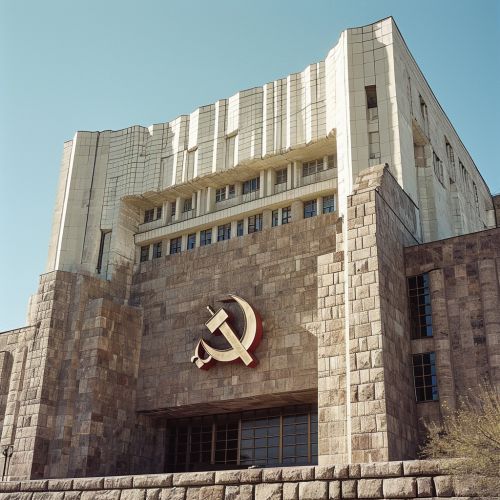General Secretary of the Communist Party of the Soviet Union
Early History
The position of the General Secretary of the Communist Party of the Soviet Union (CPSU) was the highest office within the party and one of the most powerful positions in the Soviet Union. The General Secretary was the leader of the CPSU and the head of the Politburo, the highest decision-making body in the Soviet Union.
The position was first established in 1922, following the Russian Civil War. The first General Secretary was Joseph Stalin, who held the position from 1922 until his death in 1953. Stalin's tenure as General Secretary was marked by the Great Purge, a campaign of political repression and persecution that resulted in the execution and imprisonment of many party members and military leaders.
Duties and Responsibilities
The General Secretary was responsible for the overall direction and administration of the CPSU. This included overseeing the implementation of party policies, managing party affairs, and representing the party in relations with other political organizations and foreign governments.
The General Secretary also had the power to appoint and dismiss members of the Politburo and the Central Committee, the two highest bodies within the CPSU. This gave the General Secretary significant influence over the direction of the party and the policies of the Soviet Union.
Influence and Power
The position of General Secretary was the most powerful in the Soviet Union. The General Secretary had control over the entire party apparatus, including the secret police, the KGB, and the military. This allowed the General Secretary to maintain a tight grip on power and to suppress any opposition to their rule.
The power of the General Secretary was further enhanced by the cult of personality that often surrounded the office. This was particularly true during the reigns of Stalin and his successor, Nikita Khrushchev. Both leaders used propaganda and censorship to create an image of themselves as infallible and indispensable leaders.
Notable General Secretaries
There were six individuals who served as General Secretary of the CPSU. These included Joseph Stalin, Nikita Khrushchev, Leonid Brezhnev, Yuri Andropov, Konstantin Chernenko, and Mikhail Gorbachev.
Each of these leaders left their own mark on the office and the Soviet Union. For example, Khrushchev initiated a process of de-Stalinization following Stalin's death, while Brezhnev presided over a period of economic stagnation known as the Era of Stagnation. Gorbachev, the last General Secretary, introduced a series of reforms known as perestroika and glasnost, which ultimately led to the dissolution of the Soviet Union.


Legacy
The position of General Secretary was abolished with the dissolution of the Soviet Union in 1991. However, the legacy of the office and the individuals who held it continues to influence Russian politics and society.
The General Secretary's control over the party and the state, as well as the cult of personality that often surrounded the office, have been seen as contributing factors to the authoritarian nature of the Soviet regime. The office also played a key role in shaping the political, economic, and social policies of the Soviet Union, many of which continue to have an impact today.
